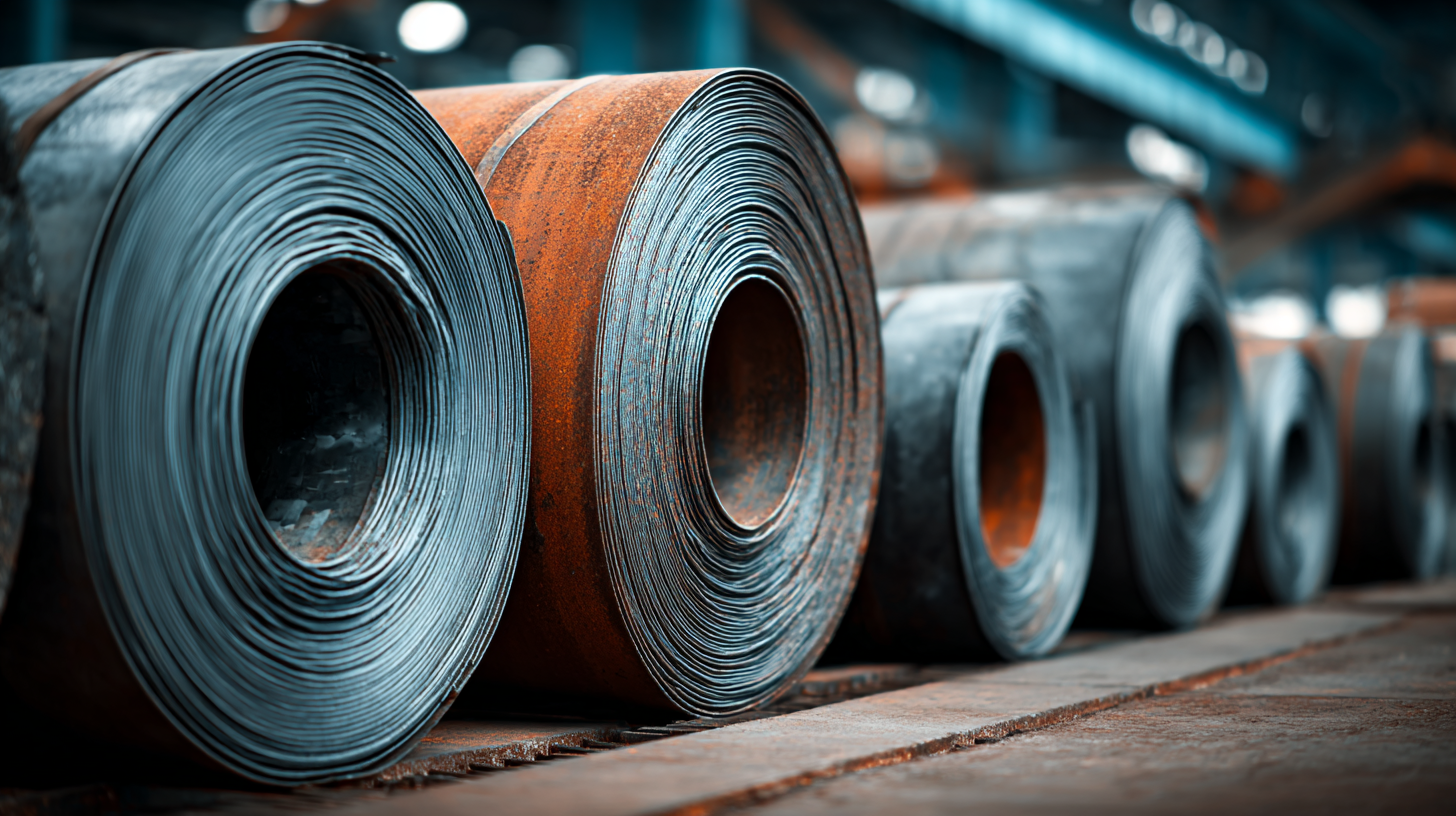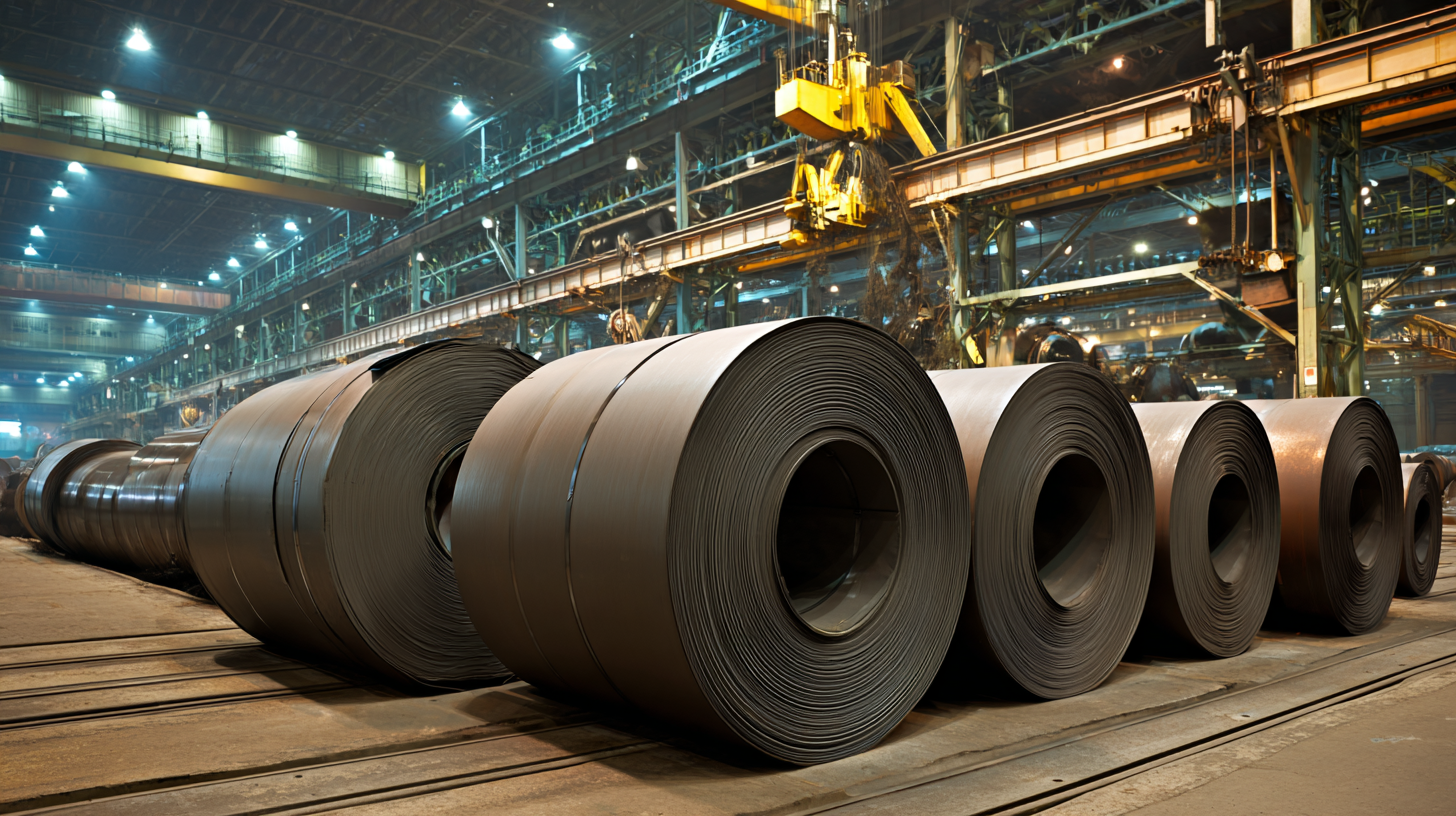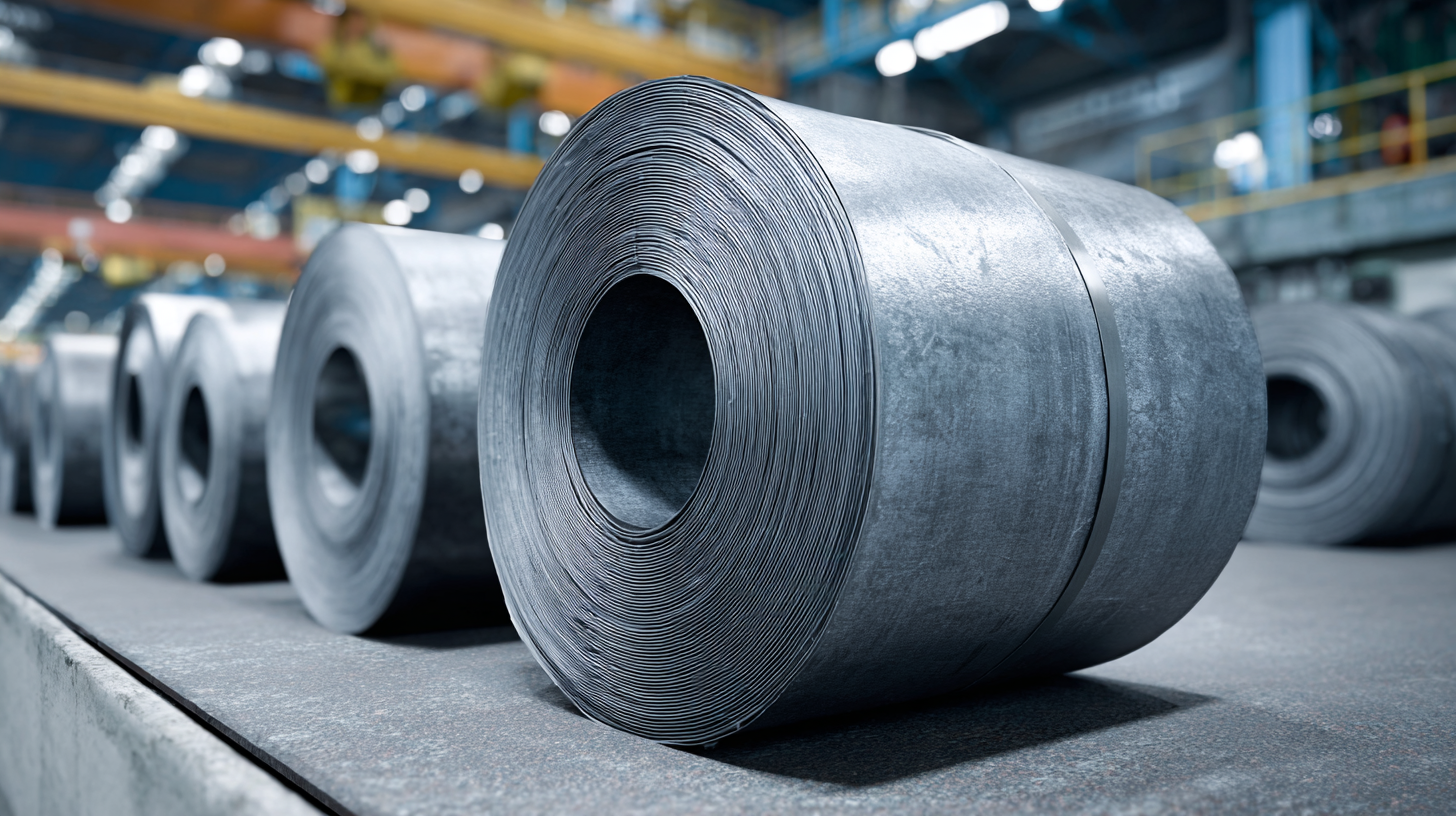In recent years, the manufacturing industry has been under pressure to enhance efficiency and reduce costs, leading to a growing interest in alternatives to traditional materials. A key focus has been on the application of Carbon Steel Coil Stip, a vital component in various industrial processes. According to the latest market analysis from Smithers, the global steel coil market is projected to grow at a CAGR of 5.3% by 2025, with carbon steel coils maintaining a significant share due to their versatility and cost-effectiveness. However, with advancing technology and sustainability being at the forefront, manufacturers are exploring innovative alternatives to improve operational efficiency and minimize environmental impact.

This blog will delve into emerging alternatives to Carbon Steel Coil Stip, examining how these options can reshape the landscape of manufacturing and drive future growth while adhering to the principles of sustainability.
As manufacturers seek to enhance efficiency and reduce costs, exploring alternatives to traditional carbon steel coil stips has become imperative. Recent industry reports indicate that utilizing high-strength low-alloy (HSLA) steels can significantly improve both strength and weight ratios, with potential weight savings of up to 20%. This reduction in weight not only streamlines production processes but also minimizes the raw material expenditure.
Furthermore, alternative materials such as dual-phase (DP) steels have emerged as compelling options. They exhibit superior formability, making them suited for complex parts in automotive and construction sectors. According to a 2023 market analysis, the incorporation of DP steels can lead to a 30% improvement in manufacturing throughput due to easier handling and processing. Additionally, advancements in coating technologies for alternative steel types offer enhanced corrosion resistance, which is crucial for expanding their applications in harsher environments. Manufacturers are thus encouraged to consider these specifications and their potential benefits in optimizing manufacturing efficiency.
The adoption of novel alternatives to traditional carbon steel coil strips can significantly enhance manufacturing efficiency across various industries. According to a report by the World Steel Association, the global steel demand is expected to increase by 1.0% in 2023, indicating a pressing need for manufacturers to explore innovative materials that can lead to optimization in production processes. Alternatives such as high-strength aluminum alloys and advanced composite materials not only reduce material weight but also provide superior corrosion resistance, enabling longer product life cycles and less maintenance.
Furthermore, the transition to these novel alternatives is supported by a study published in the Journal of Manufacturing Processes, which indicates that manufacturers who implement high-performance materials can achieve up to 20% reductions in production costs and boost productivity by 30%. By minimizing waste and improving material utilization, companies can not only enhance their operational efficiency but also contribute to sustainable practices. As more manufacturers embrace these innovative materials, the industry can expect a transformative shift towards higher efficiency and reduced environmental impact.

When it comes to manufacturing, the choice of materials significantly impacts efficiency and product quality. Traditional carbon steel coils have long been the go-to option for many industries due to their reliable performance and cost-effectiveness. However, advancements in material science have paved the way for innovative alternatives that offer improved features, such as enhanced durability and resistance to corrosion. These novel materials can potentially streamline production processes, reduce downtime, and lower overall costs.
A comparative analysis reveals that while traditional carbon steel coils excel in tensile strength and availability, newer options incorporate advanced alloys and coatings that optimize performance under varying environmental conditions. These innovative choices could lead to reduced wear and tear on machinery, increased lifespan of the final products, and the ability to operate at higher temperatures and stresses. As manufacturers seek to enhance their efficiency, exploring these alternatives not only presents an opportunity to lower production costs but also to embrace a more sustainable approach to manufacturing.
| Feature | Traditional Carbon Steel | Innovative Carbon Steel |
|---|---|---|
| Cost per Ton | $800 | $950 |
| Yield Strength (MPa) | 250 | 300 |
| Elongation (%) | 20 | 25 |
| Corrosion Resistance | Standard | Enhanced |
| Weight (kg/m²) | 7.85 | 7.85 |
| Machinability Rating | 70% | 85% |
| Typical Applications | General fabrication | High-stress components |
As industries continually seek ways to enhance manufacturing efficiency, exploring alternatives to traditional carbon steel coil stip has become imperative. According to a recent report by the World Steel Association, steel production is projected to reach 1.8 billion metric tons by 2025, underscoring the need for innovations that can improve performance while reducing costs. One promising alternative is the utilization of advanced composite materials that offer superior strength-to-weight ratios, potentially decreasing energy consumption during manufacturing processes by up to 20%.
Implementing these new coil stip solutions involves a strategic approach. Companies are encouraged to conduct a thorough assessment of their production lines and identify areas where conventional coil stiffness materials may be limiting efficiency. Integrating composite coils, for example, can lead to streamlined operations and reduced maintenance costs. A 2022 study from McKinsey highlights that companies adopting such innovative materials can expect an increase in production efficiency by 15-30%, proving the economic viability of these alternatives. By investing in modern coil stip technologies, manufacturers not only enhance their production capabilities but also contribute to a more sustainable future.
The landscape of carbon steel manufacturing is undergoing significant transformation, driven by advancements in technology and increasing demand for efficiency. One of the most promising trends is the integration of artificial intelligence and machine learning within the production process. These technologies analyze vast amounts of data to optimize operations, predict maintenance needs, and enhance quality control. By refining the approach to manufacturing, companies can reduce waste, minimize defects, and ultimately lower operational costs.
Another fascinating development is the rise of advanced materials and coatings that aim to improve the performance and longevity of carbon steel products. Novel alternatives to traditional processes, such as additive manufacturing and surface treatment innovations, are paving the way for more sustainable practices in the industry. As manufacturers adopt these technologies, the focus shifts towards producing lighter, stronger, and corrosion-resistant materials that meet the evolving demands of various sectors, from automotive to construction. This combination of smart technologies and advanced materials opens up exciting possibilities for the future of carbon steel manufacturing, setting the stage for increased efficiency and performance.






